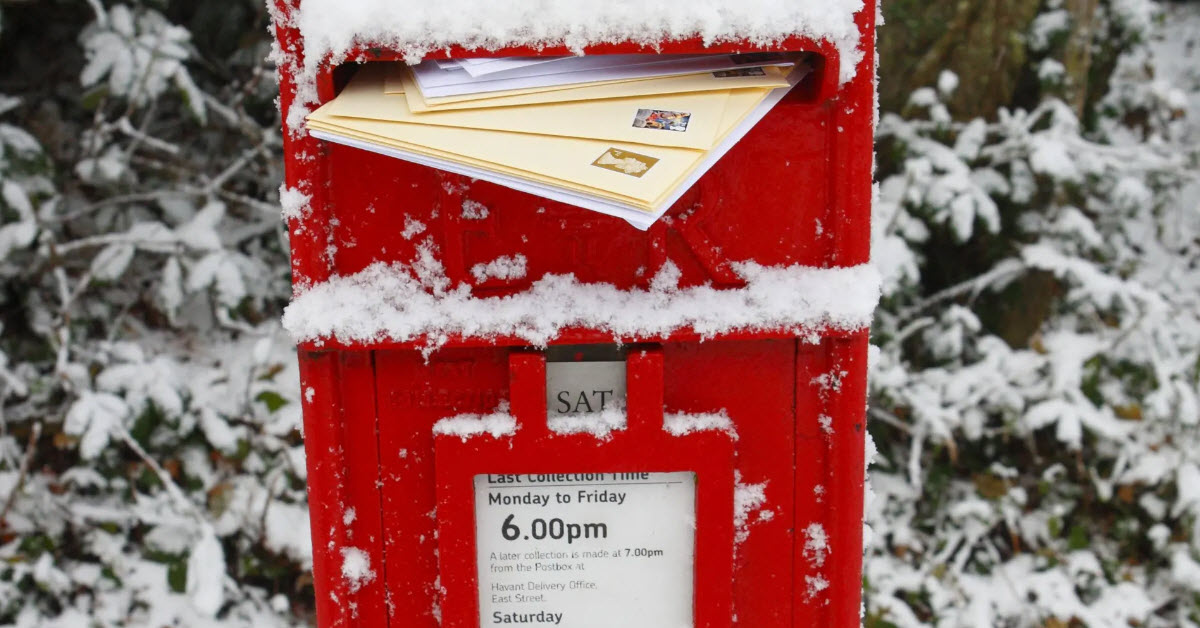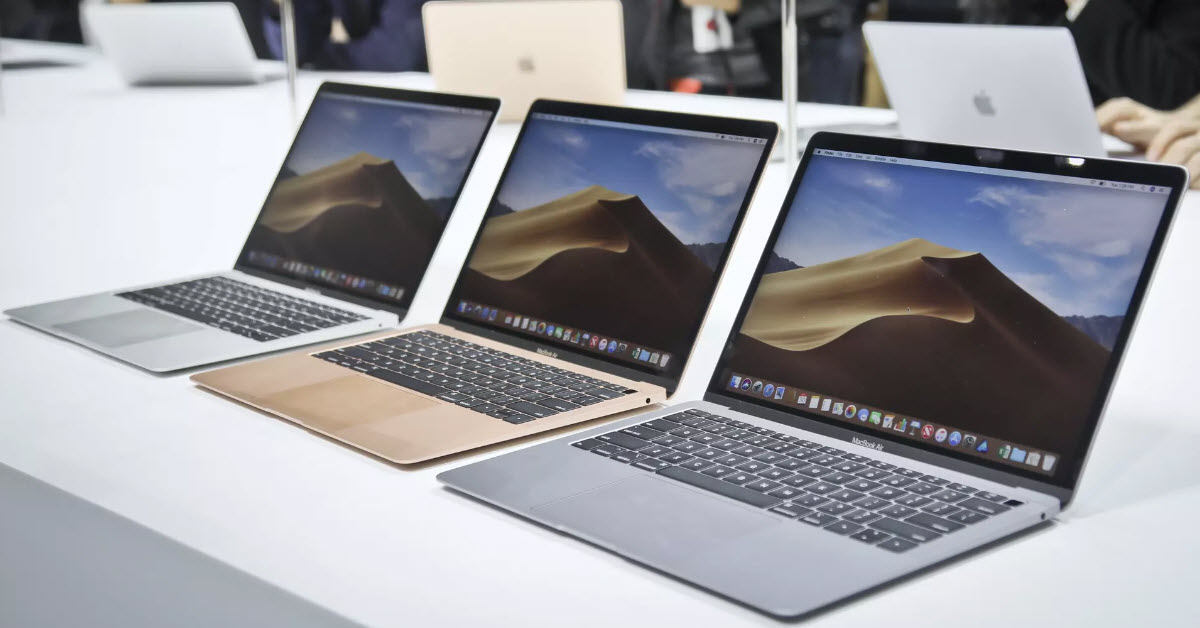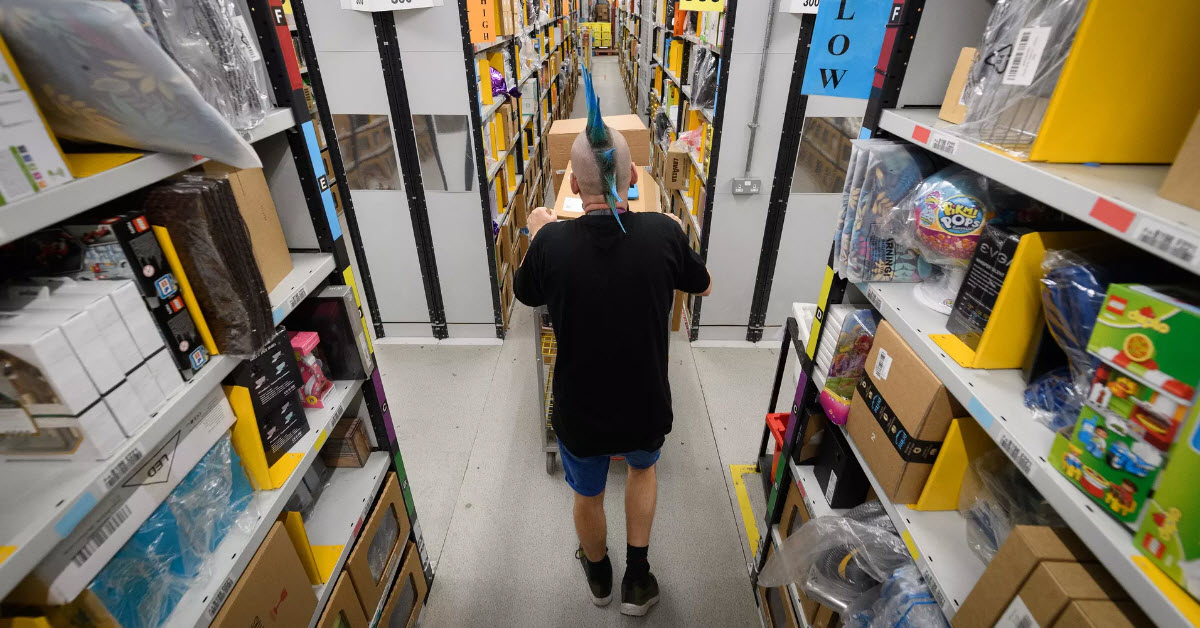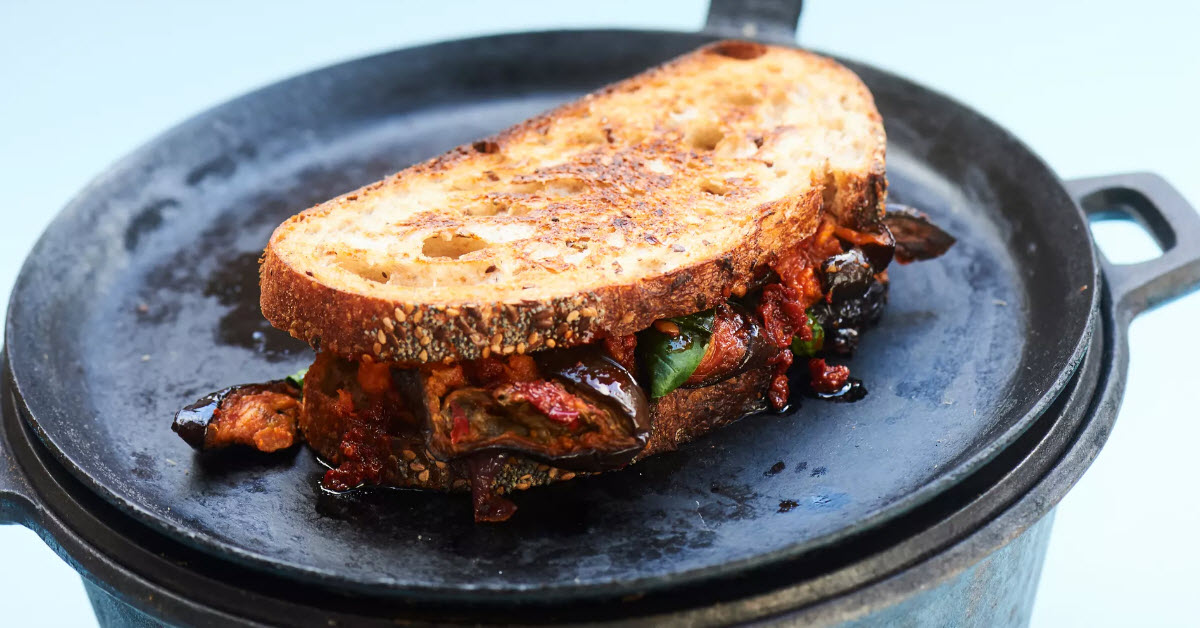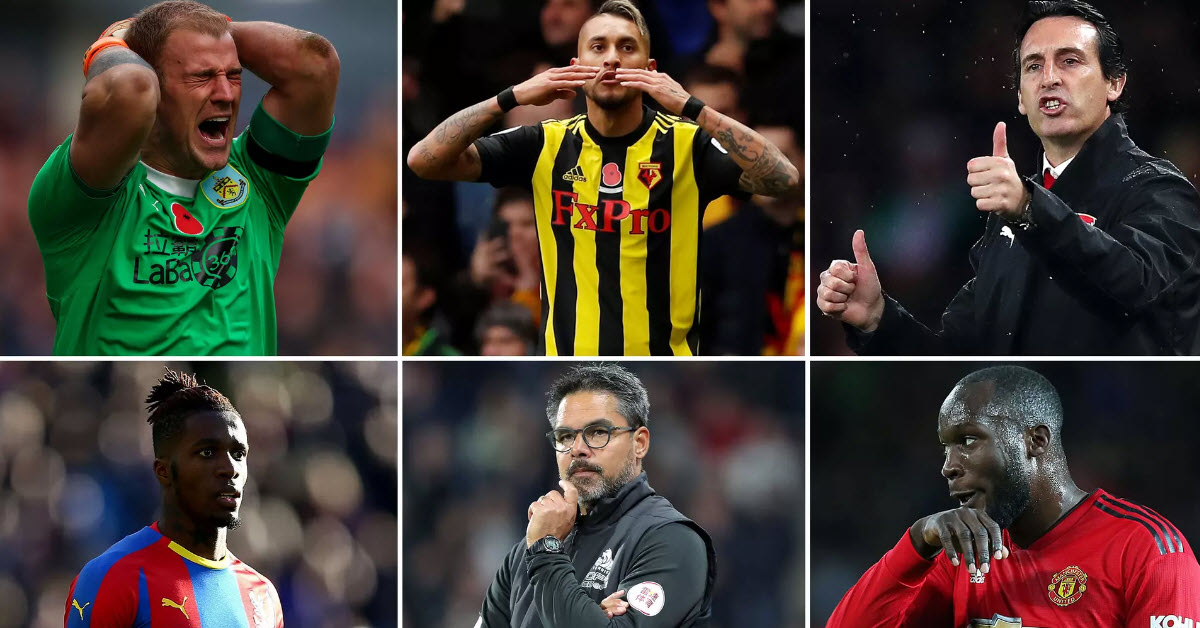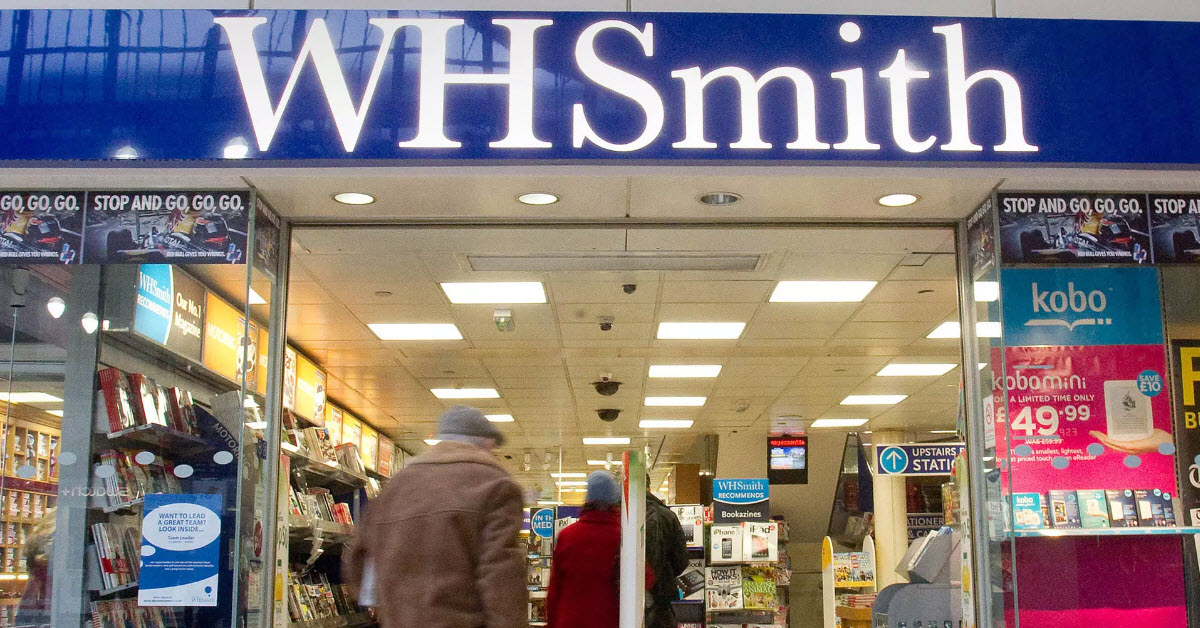Disney, Huawei and EY among worst offenders in disclosing lobbying
http://1.bp.blogspot.com/--IsCCgznq3I/W_tmujhpCwI/AAAAAAAABBU/DGjwIKCTxhUQrH1Ln7-0JevZOogO-GDnACK4BGAYYCw/s1600/2018-11-26_8-50-39.jpg
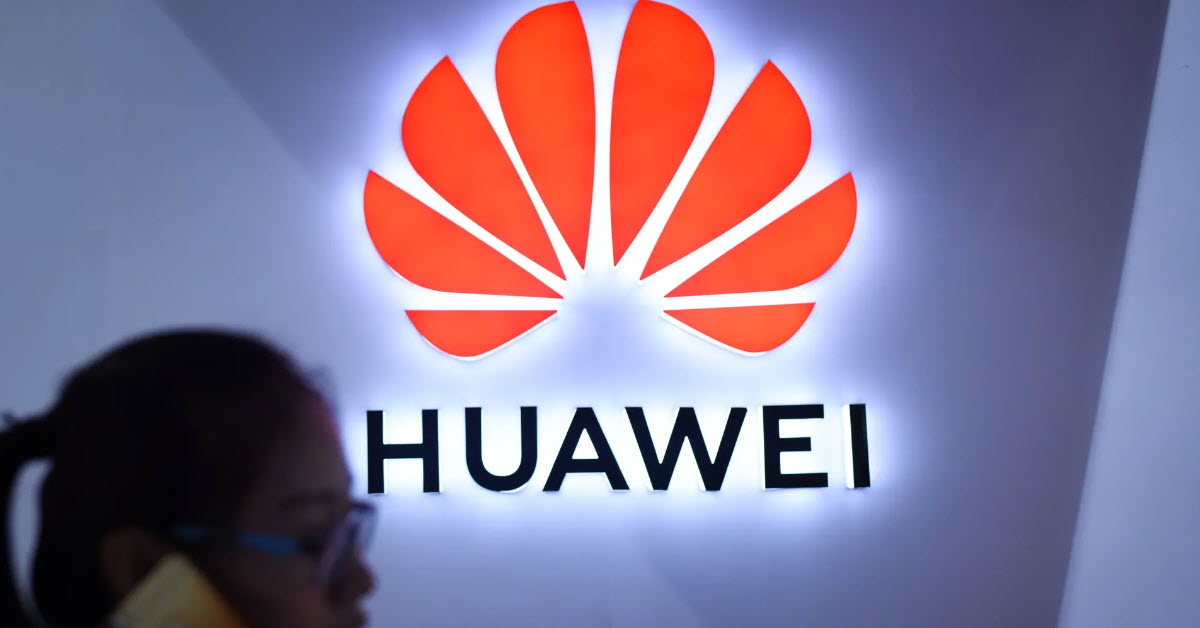
Big Four accountant EY, entertainment conglomerate Disney and phone maker Huawei are reported to be among the worst offenders in a newly launched index tracking secrecy in corporate lobbying.
The UK arm of Transparency International, a non-governmental organisation that campaigns against corruption, ranked 104 multinational companies, finding that four in five firms had “poor standards” in disclosing lobbying activities.
Only one of the 104 companies analysed, the pharmaceutical company GSK achieved a top rating on the A to F scale for transparency of political engagement.
None of the companies analysed – ranging from US tech firms, to FTSE 100 multinationals to Asian manufacturers – reported their global spending on lobbying in 2017.
David Cameron, the former prime minister, said in 2010 that corporate lobbying would be the “next big scandal waiting to happen”. However, little has been done to enforce tougher standards, leading to a continuous stream of lobbying scandals.
Facebook scored in the second-worst band, E, but was one of the worst performers with regards to “responsible lobbying”, which includes the visibility of activities and its values when lobbying. The US social media firm on Thursday admitted it had hired lobbyists to attack George Soros, the financier and philanthropist.
Amazonand Google were both rated as having poor standards on lobbying transparency. Apple achieved a C, meaning its standards are fair.
EY, Disney and Huawei all fell in rank F, as did digger maker JCB, software firm Sage and chemicals firm Ineos, which is run by Jim Ratcliffe, Britain’s richest man.
Car manufacturers scored particularly badly, with Ford, Honda, Nissan and Toyota all in the bottom rank.
Kathryn Higgs, the director of Transparency International’s UK business integrity programme, said: “There are some pockets where it’s clear that some companies haven’t thought about managing certain risks, such as the ‘revolving door’.”
The report is highly critical of the “revolving door” between government and business, with 97 out of 104 of the firms ranking poorly on issues such as “cooling off” periods for former government ministers taking up employment in the private sector.
MPs and anti-corruption campaigners have repeatedly criticised the weak controls on former politicians exercised by the Advisory Committee on Business Appointments (Acoba), which is tasked with reviewing politicians’ job moves.
The revolving door is not limited to the UK, however. Members of the European parliament have no barriers to lobbying immediately after they leave politics, while the report highlights figures cited by author Mark Leibovich that in 2012 half of all retiring US congressmen went into lobbying, compared with only 3% in 1974.
The Department for Business, Energy and Industrial Strategy held the most meetings in 2017 with the firms monitored within government. The Department for International Trade, which was founded only in 2016, was second on the list, followed by the Treasury, according to Transparency International’s open database.
Transparency International said almost a third of companies improved their political engagement policies after being approached for data, and another 17% pledged to do so. The organisation plans to repeat the review biannually.
“Companies are increasingly realising that transparency [on lobbying] is the future,” said Higgs.
A government spokeswoman said: “Since 2010 the UK has been at the forefront of opening up data to allow parliament, the public and the media to hold public bodies to account. This government openly publishes details of ministers’ external meetings on a quarterly basis.”
She added: “Transparency is crucial for accountability, delivering the best value for money, cutting waste and inefficiency and ensuring every pound of taxpayers’ money is spent in the best possible way.”
Honda said in a statement: “Our engagement with local and international governments and political organisations is carried out in compliance with all relevant laws and regulations. Honda will continue to work closely with industry groups and political stakeholders in this spirit.
Toyota, which also ranks in the lowest category, said it wanted to be “a good corporate citizen” and build “positive relationships with all stakeholders, including shareholders, customers, business partners, local communities, and employees”.
It added: “The guiding principles at Toyota state that Toyota shall ‘honour the language and spirit of the law of every nation and undertake open and fair business activities to be a good corporate citizen of the world’. Toyota believes that by adhering to this principle in its actions, it can fulfil its corporate social responsibility and ensure compliance.”
guardian.co.uk © Guardian News & Media Limited 2010
Published via the Guardian News Feed plugin for WordPress.
Disney, Huawei and EY among worst offenders in disclosing lobbyinghttps://is.gd/omO32o
